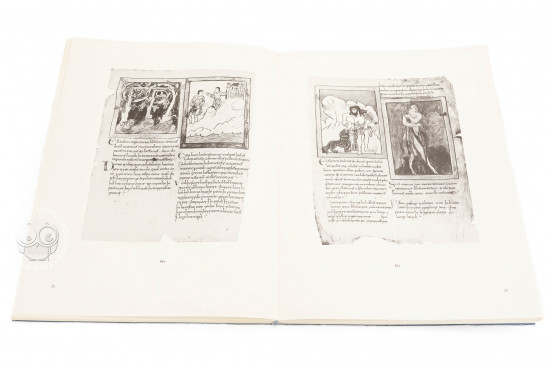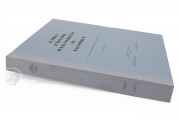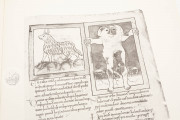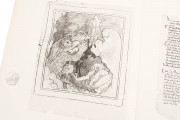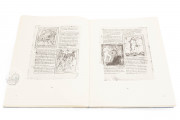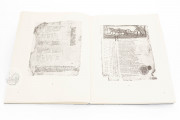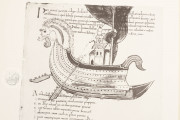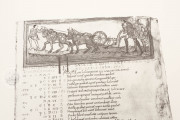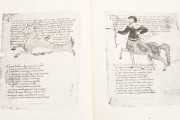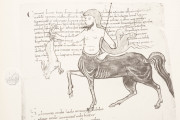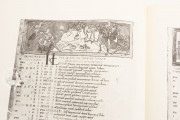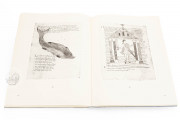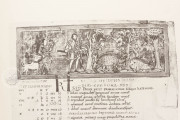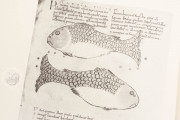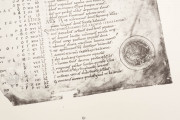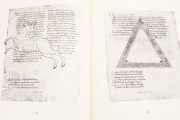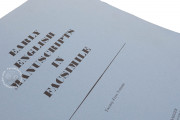The Early English Illustrated Miscellany contains a collection of geographical, astronomical, and other texts. Three of its texts are illustrated: a Latin metrical calendar, Cicero's Latin translation of the astronomical treatise by the Greek poet Aratus, and a bilingual Marvels of the East. These illustrated texts, together with additional illustrations, such as a mappa mundi and moon charts, make this manuscript one of the most lavishly illustrated secular works from England in the period before the Norman Conquest.
Probably written at Canterbury in the second quarter of the eleventh century, the manuscript features pictures that are harmonious in style and color, indicating that a single painter was responsible for the illumination. Most of the manuscript was written by a single scribe, although the layout is irregular. The texts are in Old English and Latin, the Old English written in English Vernacular Minuscule and the Latin in Caroline Minuscule. The manuscript is a remarkable record of the early English interest in history, geography, and astronomy.
Finest Depictions of Secular Life in Early England
The twelve-picture cycle of the labors of the months found in the calendar includes some of the finest depictions of early English secular life that have survived to the present day. The illustrations span the top of each page and show the dominant agricultural activity of each month. From the four-team of oxen plowing the field in January to the threshing of grain in December, details of clothing, tools, animals, and furnishings all provide insight into life in eleventh-century England.
Geography of the Known and Unknown
Many of the manuscript's texts concern aspects of the physical world. The two maps—a mappa mundi (map of the world) and a zonal map (dividing the world into climactic zones)—reflect an interest in the known places. The bilingual Marvels of the East shows a fascination with the monstrous unknown. Between the calendar and the marvels is the Latin translation, known as the Aratea, of Aratus's astronomical poem. It is written in two columns and illustrated with exquisite unframed representations of the constellations and heavenly bodies. The text wraps closely around the pictures, indicating that—contrary to the usual procedure—the paintings were executed first with the text added second.
Bilingual Marvels of the East
The Marvels of the East is written in two columns, with portions of the Latin De rebus in Oriente mirabilibus alternating with the Old English translation. This bilingual text made the stories of odd and magical creatures accessible to non-Latin speakers and perhaps provided a means for learning Latin. The book's ownership is unknown until it came into the possession of Robert Cotton. It was damaged in the Ashburnham House fire of 1731. Robert Cotton's vast library of medieval manuscripts, donated to the English nation by his grandson, was one of the foundation collections of the library of the British Museum, established in 1853.
We have 1 facsimile edition of the manuscript "Early English Illustrated Miscellany": An Eleventh-century Anglo-Saxon Illustrated Miscellany facsimile edition, published by Rosenkilde and Bagger, 1983
Request Info / Price
